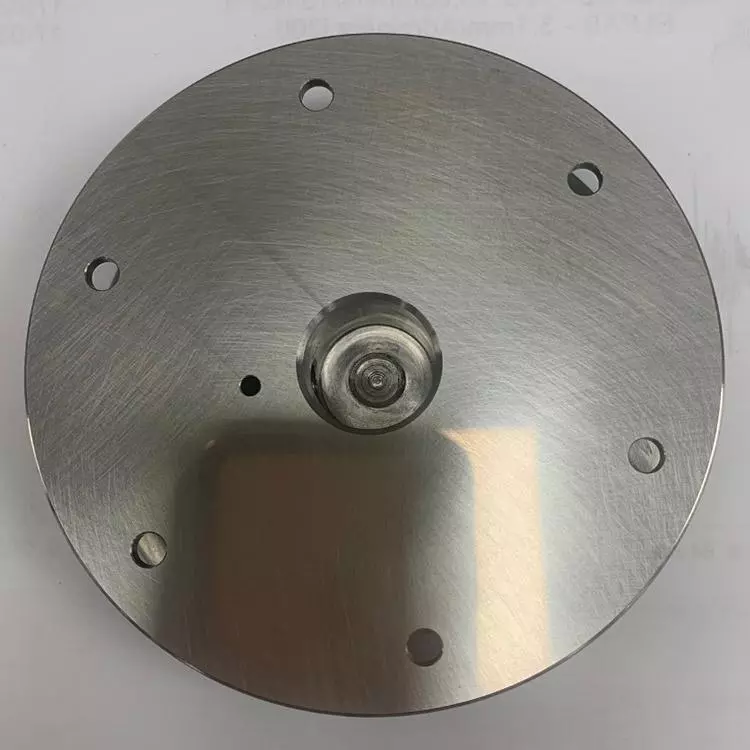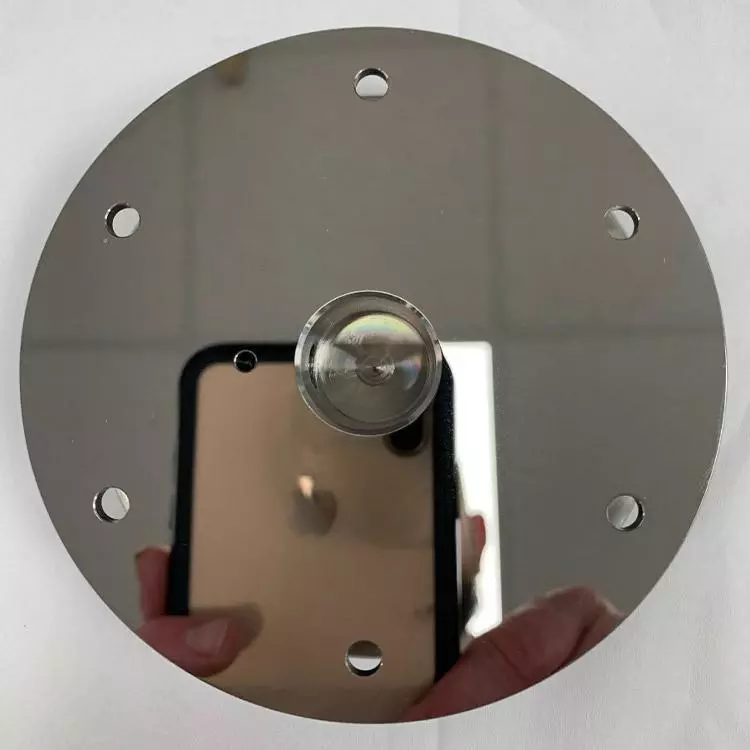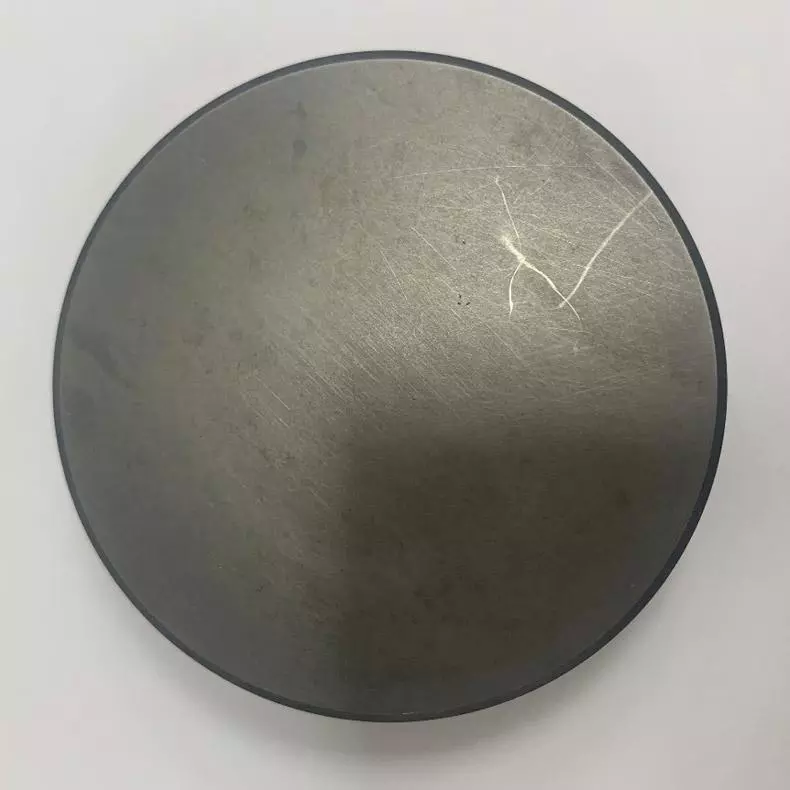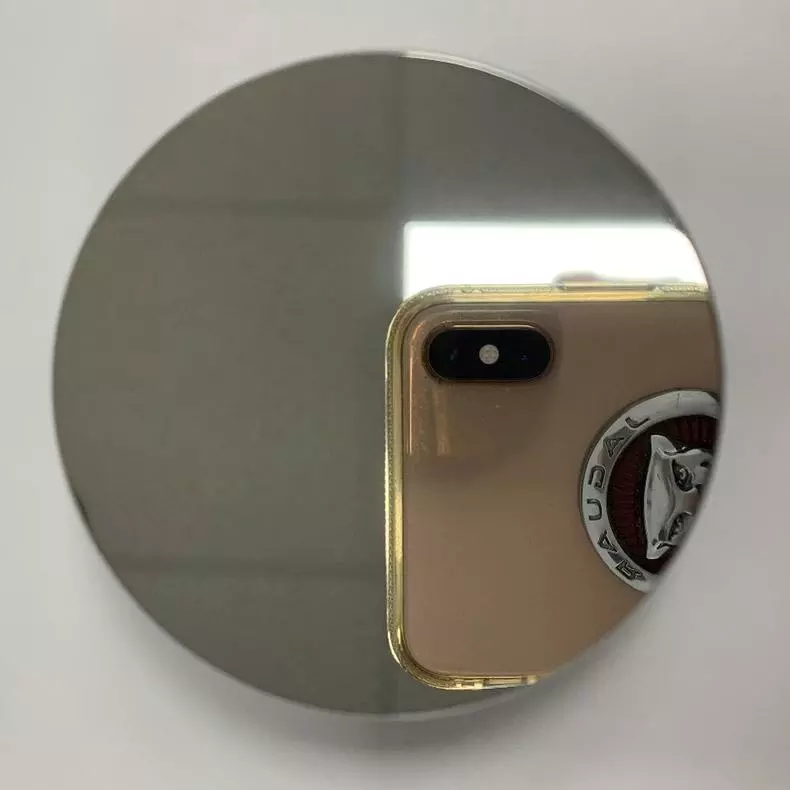Surface Finishing Stainless Steel
Lapping and polishing are crucial processes for achieving a high-quality surface finish on stainless steel. Stainless steel is often used in applications where appearance and corrosion resistance are critical factors, such as in the food, pharmaceutical, and medical industries. Without proper surface finishing, stainless steel can be susceptible to corrosion and contamination, which can compromise its performance and lifespan. Lapping and polishing involve using abrasive materials and techniques to remove any surface imperfections, such as scratches, pits, and roughness, and create a smooth, uniform surface. This not only enhances the aesthetic appeal of the material but also improves its resistance to corrosion and improves its hygiene properties. Therefore, it is important to use lapping and polishing for surface finishing stainless steel to ensure its optimal performance and longevity.
Scope of Work: To find best process to lap and mirror polish 3 x 100mm diameter stainless steel rotor parts
Stage 1 (Lap) Equipment used:
- Kemet 24” lapping/polishing machine
- Kemet Iron Lapping plate, 24” diameter
- Kemet Flatness gauge
- Kemet Liquid diamond 10 micron type K std
- Dycem backed pressure weight
Stage 2 (Polish)
- Kemet 24” lapping/polishing machine
- ASFL polishing cloth, 24” diameter
- Plastic faced control ring
- Kemet Liquid diamond 3 micron type K std
- Dycem backed pressure weight
Process breakdown for stainless steel rotor parts
Stage 1 (Lap) - 3 off parts were spaced evenly inside a 24” control ring sitting on a flat Kemet Iron lapping plate. A Dycem faced pressure weight was then placed on top to hold the parts in place. The machine was then cycled for 10 minutes with Kemet liquid diamond 10 micron type K std being dispensed at a ratio of 2 seconds of spray every 40 seconds. The parts were taken off, then cleaned with CO-42 cleaning fluid to check whether the face had cleaned up, then flipped over and the process was repeated on the other face.
Stage 2 (Polish) - 3 off parts were spaced evenly inside a 24” plastic faced control ring sitting on an ASFL polishing cloth. A Dycem faced pressure weight was then placed on top to holds the parts in place. The machine was then cycled for 10 minutes with Kemet liquid diamond 3 micron type K std being dispensed at a ratio of 2 seconds of spray every 45 seconds. The parts were taken off, then cleaned with CO-42 cleaning fluid to check whether the face had cleaned up then flipped over and process was repeated on the other face.
Ra required: 0.8 µm, Ra achieved: 0.0064 µm
Note: The parts could have also been processed on a Kemet 15 diamond lapping machine which can process parts up to 140mm diameter
Before Processing stainless steel rotor parts

After stage 1 Processing stainless steel rotor parts

After stage 2 Processing stainless steel rotor parts

Scope of Work: To mirror polish stainless steel hardness test block
Stage 1 (Lap) Equipment used:
- Kemet 15” lapping/polishing machine
- Kemet copper SP2 lapping plate
- Kemet Flatness gauge
- Kemet Liquid 6 micron type k std
- Dycem faced hand weight
Stage 2 (CMP)
- Kemet 15” lapping/polishing machine
- Chem H polishing cloth
- Plastic faced control ring
- Dycem faced hand weight
- Col-K Special
Process breakdown for mirror polishing stainless steel hardness test block
Stage 1 - 1 off test block was placed in the centre of a 15” control ring on a flat Kemet Copper SP2 lapping plate, and a dycem faced hand weight was placed on top which also acts as a fixture. The machine was then cycled for 15 minutes with Kemet liquid diamond 6 micron type K std being dispensed at a ratio of 2 seconds of diamond spray every 40 seconds. The test block was removed and cleaned with CO-42.
Stage 2 - The cleaned up test block was then placed into a plastic faced control ring onto a Chem H polishing pad a dycem faced hand weight was placed on top. The machine was then cycled for 20 minutes with Col-k special being applied buy an aKu-Disp The blank was immediately sprayed with deionized water after process and air lined off.
Ra achieved: 0.0079 µm, Flatness achieved: Better than 1 light band (0.3 µm)
Before Surface Finishing Stainless Steel Hardness Test Block

After Surface Finishing Stainless Steel Hardness Test Block

Scope of Work: To develop a process to polish a stainless steel spherical cap to better than Ra 0.4 µm
Polishing process - Equipment used:
- Kemet SpheriMatch machine
- NLH cloth
- Kemet Liquid diamond 3 micron type K slurry
- Customised lap
- 15” pressure weight
- CO-42 cleaning fluid
Process breakdown for Stainless Steel Spherical Cap
The spherical cap was fixed on to a 15” pressure weight using foam tape, then the pressure weight was placed into the jaws of the SpheriMatch chuck and tightened using the key. The customised lap was placed on the sweep arm and positioned so was covering half the area of the cap and the sweep length was then adjusted to give a slight sweep of about 10mm. The machine was then run for 10 minute cycles while applying Kemet Liquid diamond 3 micron type K from a trigger spray every 2 minutes. It was run for a total of around 6 cycles to achieve the finish, but would be quicker with a purpose made lap using the same radius as the cap. Part was then cleaned off with CO-42 cleaning fluid.
Ra required: 0.4 µm, Ra achieved: 0.0122 µm